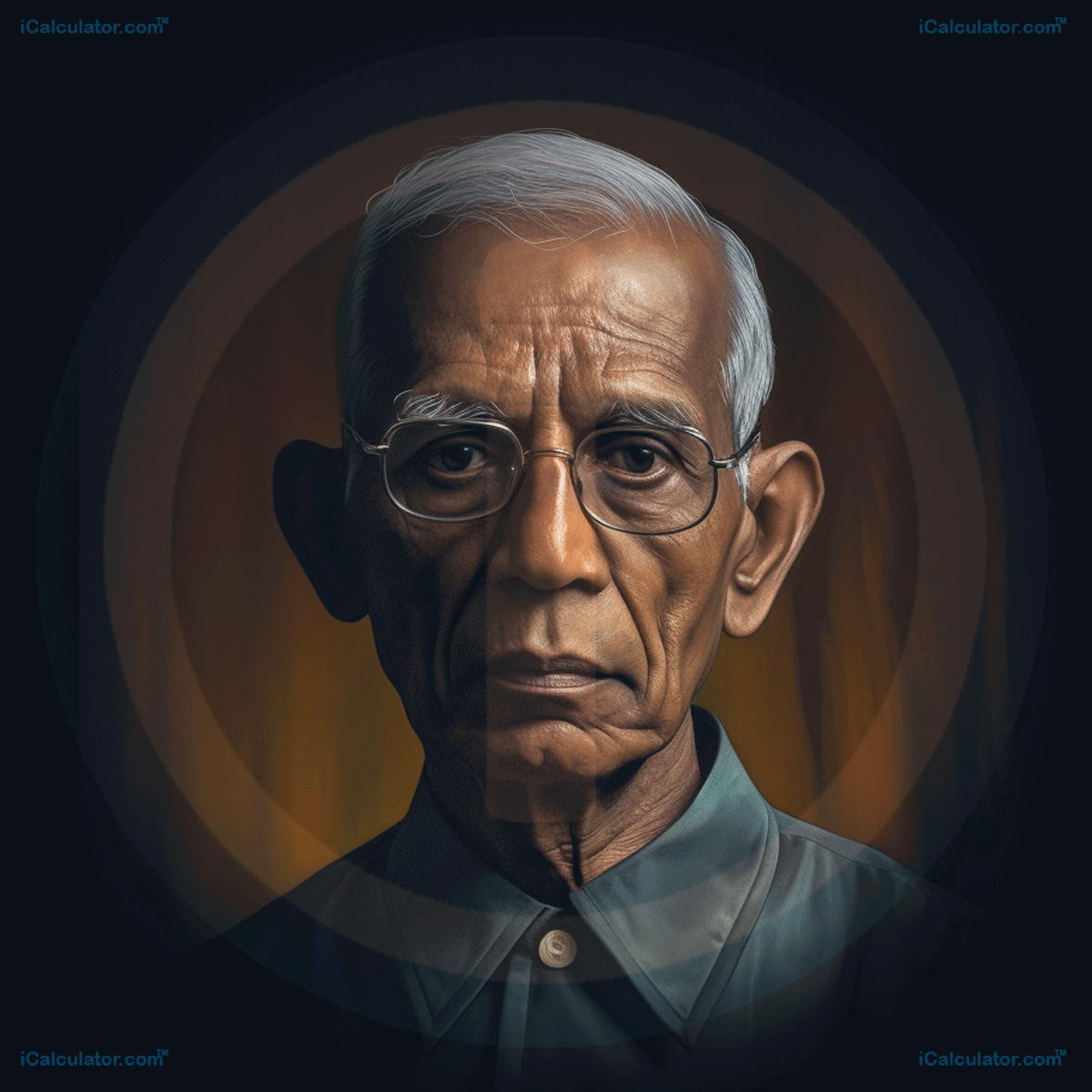Menu
Subrahmanyan Chandrasekhar

Please provide a rating, it takes seconds and helps us to keep this resource free for all to use
About Subrahmanyan Chandrasekhar
Subrahmanyan Chandrasekhar was born on October 19, 1910, in Lahore, British India (now Pakistan), and passed away on August 21, 1995, in Chicago, Illinois, USA. Known as Chandra, he was a prominent physicist specializing in astrophysics.
Chandrasekhar married Lalitha Doraiswamy in 1936, a fellow physicist whom he met while studying in Madras. He studied at Presidency College, Madras, and the University of Cambridge. After completing his studies, he worked at the University of Chicago until his death.
Inspired by his uncle, Nobel laureate C.V. Raman, Chandrasekhar was driven by a desire to understand the mysteries of the universe, leading to his pursuit of physics and, specifically, astrophysics.
Subrahmanyan Chandrasekhar's Discoveries
Chandrasekhar is renowned for his discovery of the limit to the mass of a white dwarf star, known as the Chandrasekhar limit. This limit, approximately 1.44 times the mass of the Sun, determines whether a dying star will evolve into a dense white dwarf or undergo a supernova explosion, potentially becoming a neutron star or black hole.
His findings revolutionized our understanding of stellar evolution and significantly contributed to our current knowledge about black holes and the ultimate fate of stars.
Subrahmanyan Chandrasekhar's Key Achievements
Among his numerous accolades, Chandrasekhar received the Nobel Prize in Physics in 1983 for his theoretical studies of the physical processes important to the structure and evolution of stars. This distinction solidified his status as a seminal figure in modern astrophysics.
Subrahmanyan Chandrasekhar's Formulas
One of the critical theoretical formulations by Chandrasekhar is the Chandrasekhar limit, which determines the fate of stars at the end of their life cycle. The formula is:
Where:
- M☉: the solar mass, a standard unit of mass in astronomy, equal to approximately 2 × 1030 kilograms, used to indicate the masses of other stars and galaxies.
Subrahmanyan Chandrasekhar Tutorials and Calculators
The following tutorials and calculators are influenced by the work the great physicist Subrahmanyan Chandrasekhar, each calculator contains a tutorial that explains Subrahmanyan Chandrasekhar in the field